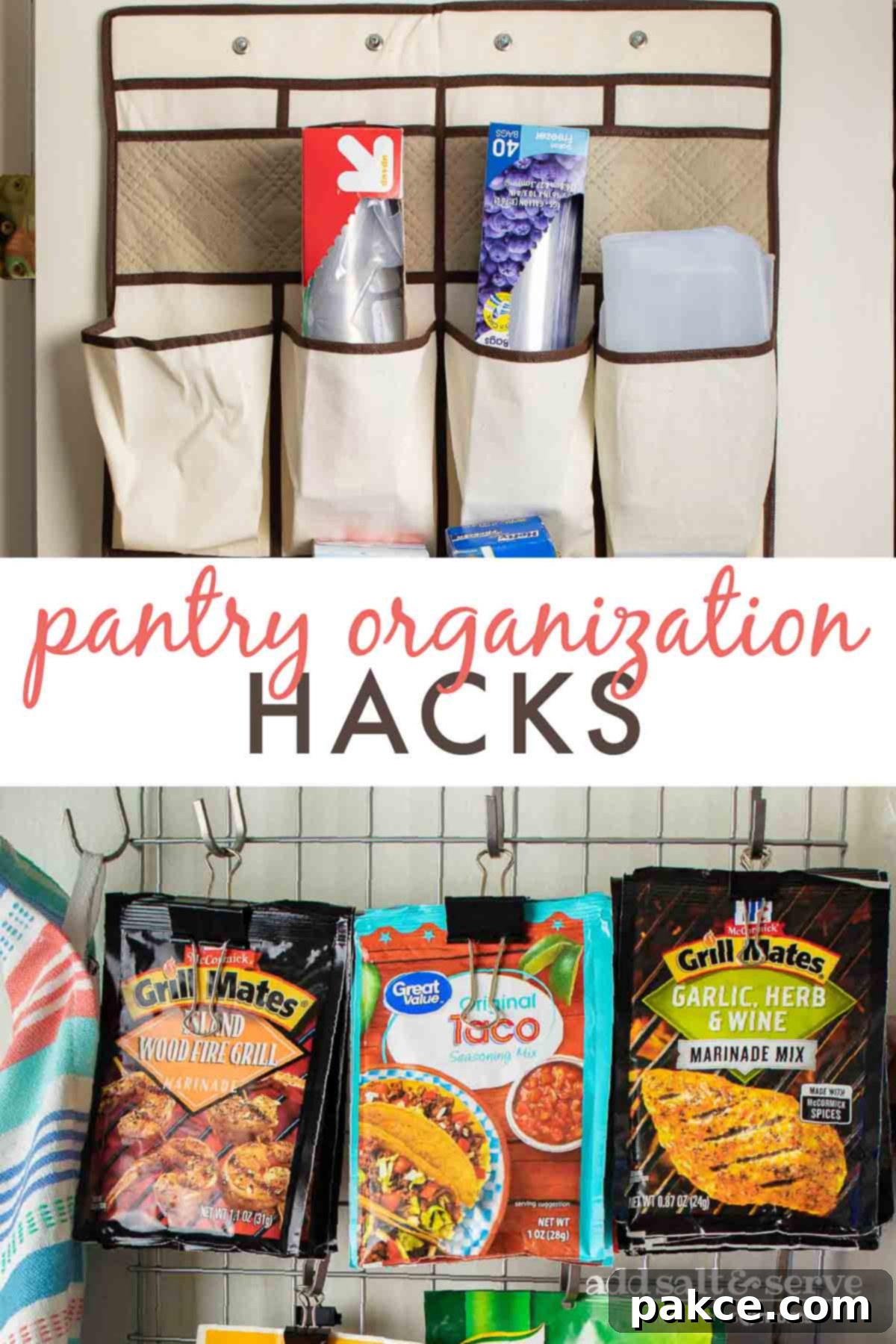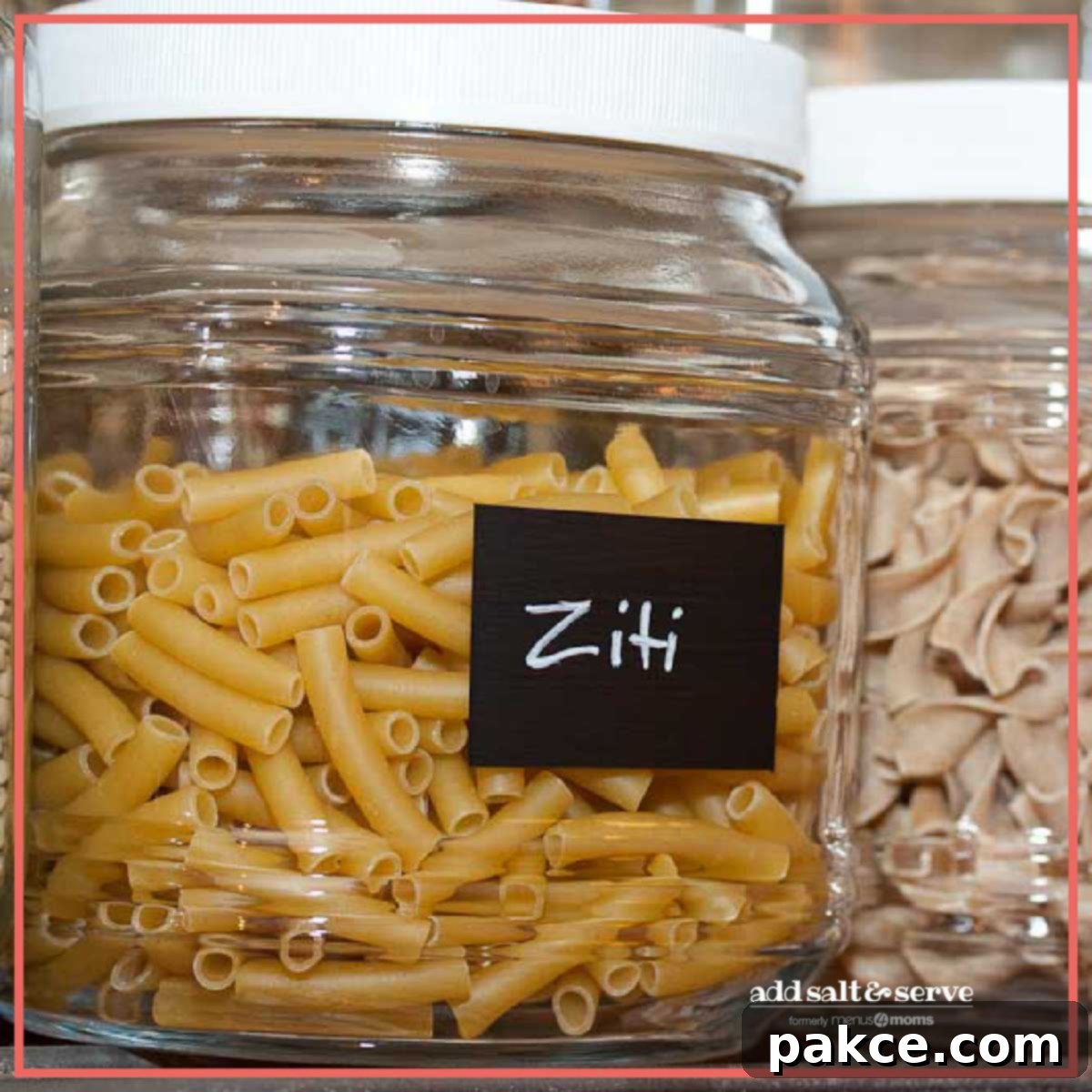Transform Your Kitchen: Smart & Efficient Pantry Organization Hacks
There’s something incredibly satisfying about gazing at a beautifully organized pantry. It’s often the dream, isn’t it? The reality, however, can be quite different. Photos of perfectly curated pantries rarely showcase the myriad of random shapes, sizes, and often half-used packages that truly reside in most real-life kitchen pantries. My own pantry, while not a magazine-worthy masterpiece, is a testament to functional organization, allowing me to quickly find what I need when I need it.
An organized pantry isn’t just about aesthetics; it’s about efficiency, saving money, reducing food waste, and making meal preparation a breeze. When you know exactly what you have on hand, you’re less likely to buy duplicates, let food expire, or spend precious minutes rummaging through cluttered shelves. In this comprehensive guide, I’m excited to share some of my favorite, tried-and-true pantry organization hacks and practical tips that have helped me maintain order and functionality in my own kitchen.
Clever Use of S-Hooks & Clips for Packet Organization
One of the biggest culprits of pantry clutter can be those small, awkwardly shaped packets. Think gravy mixes, sauce bases, seasoning blends, marinades, taco seasonings, and soup mixes. I used to keep these in a rectangular plastic container, but this method always resulted in a frustrating treasure hunt. I could never easily see what I had, leading to forgotten items and duplicate purchases.
Enter the incredibly versatile s-hook (affiliate link). These simple, inexpensive hooks are a game-changer for maximizing vertical space and keeping small items visible. You can often find them in the kitchen organization section of stores like Ikea (if you’re lucky enough to live near one – I once had one 30 minutes away, now it’s a six-hour drive!). S-hooks are fantastic because they allow you to hang items, instantly freeing up shelf space and bringing contents into clear view.
For packets that come with pre-punched holes, the solution is remarkably simple: just hook them directly onto an s-hook. Then, hang the s-hook on an existing wire shelf, a tension rod, or even a small command hook placed on the inside of a pantry door. This instant visibility means no more digging! For packets without holes, a set of large, sturdy clips comes to the rescue. Use these clips to group together similar items – for example, all your Italian seasoning packets, or all your Asian sauce mixes. Once clipped, simply hang the clip itself onto an s-hook. This method keeps your packets neatly categorized, visible, and easily accessible, transforming a previously messy corner into an organized system.
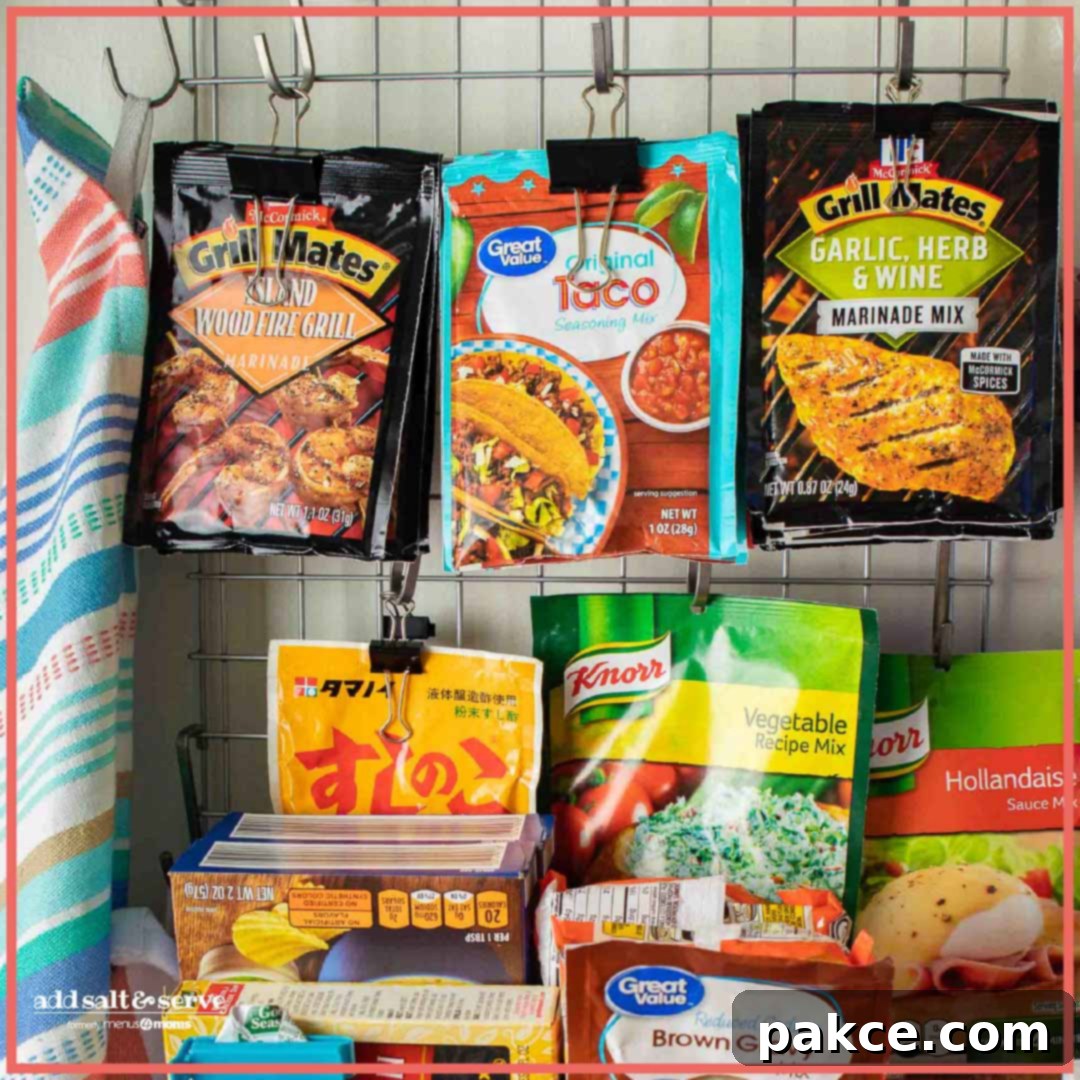
Maximize Door Space with Repurposed Shoe Organizers
Moving homes often means adapting to new kitchen layouts. We once had a kitchen with abundant cabinet and drawer space, but then moved to one with a slightly larger pantry but significantly less cabinet and drawer real estate. This change necessitated creative solutions, and one of my favorites involves repurposing an everyday item: the over-the-door shoe organizer.
By hanging a shoe organizer on the inside of the pantry door, I instantly gained a wealth of new storage pockets. This hack is perfect for items that are frequently used but difficult to store neatly due to their shape. My initial use was for various sizes of plastic baggies, which previously occupied precious drawer space. Now, they are clearly visible and incredibly easy to grab without rummaging. The individual pockets keep them separated and tidy.
This method has proven even more valuable as I transition to using more reusable silicone bags (affiliate link). These eco-friendly alternatives, while fantastic, are often floppy and irregular in shape, making them challenging to store in traditional drawers or containers. The pockets of a shoe organizer are ideal for holding them upright and accessible. Beyond baggies, these organizers are perfect for a variety of irregular or small food items like snack bars, small condiment bottles, seasoning packets, small packets of nuts or dried fruit, or even kids’ snacks. They can also house smaller kitchen tools that tend to get lost in drawers, or even cleaning supplies designated for the kitchen. This simple repurposing transforms unused door space into valuable, easily accessible storage, proving that sometimes the best organization solutions come from thinking outside the box.
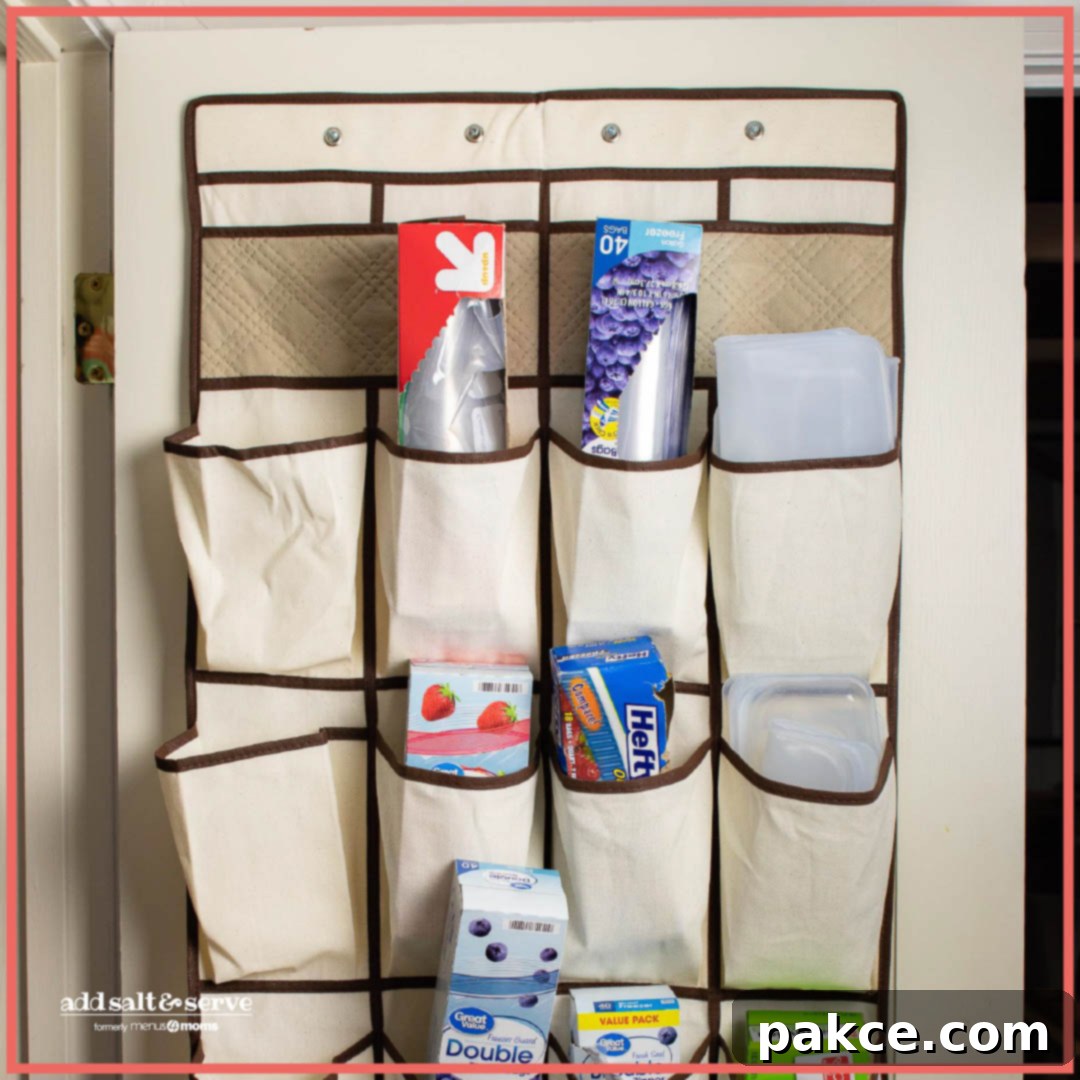
Elegant & Practical: Glass Jars with Chalkboard Paint Labels
There’s an undeniable charm to the look of glass jars, bringing a touch of rustic elegance to any kitchen. In our previous home, they adorned an open shelf, beautifully combining organization with decor. While our current kitchen is smaller and they now reside mostly within the pantry, their functionality and aesthetic appeal remain unmatched.
Glass jars are much more than just pretty containers; they are incredibly practical for pantry organization. They provide clear visibility of contents, which means you can easily see when you’re running low on pasta, rice, or flour. Their airtight seals help keep food fresher for longer and protect against pantry pests, an often-overlooked benefit. Plus, buying staples in bulk and transferring them to jars can often save money and reduce packaging waste.
To further enhance their utility, I love using easy DIY chalkboard paint labels. This simple project allows you to clearly identify the contents of each jar and even jot down important information like cooking times for grains or pasta, or expiration dates for flours. The beauty of chalkboard labels is their flexibility; you can easily erase and rewrite as contents change, making them perfect for a dynamic pantry. Alternatively, you can use stick-on chalkboard labels or even a simple label maker for a consistent look. The key is to make sure every container is clearly labeled, so there’s no guesswork, ensuring your pantry remains both beautiful and highly functional.
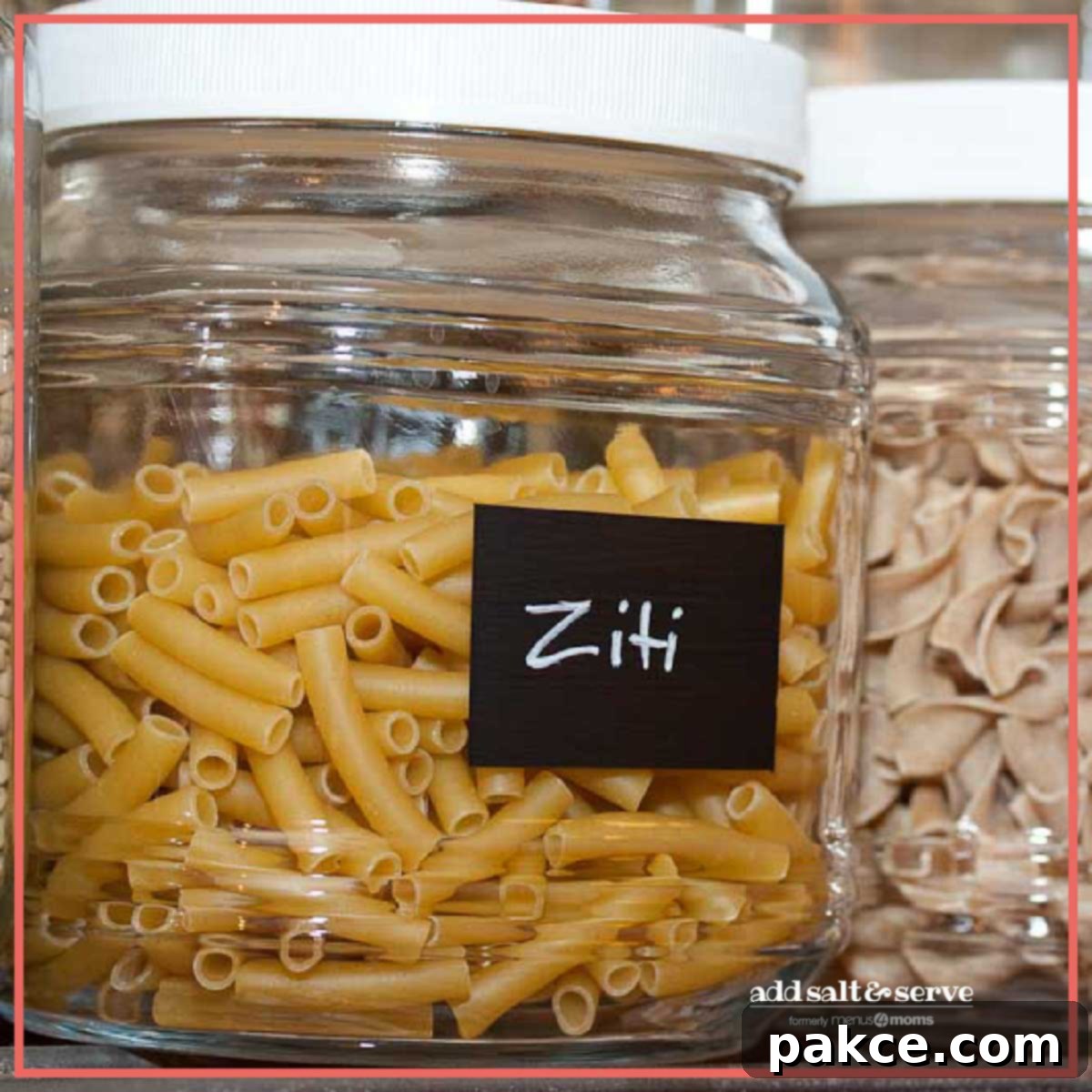
Foundational Pantry Organization: Starting Right
Before diving into specific hacks, a solid foundation is crucial for sustainable pantry organization. These initial steps will set you up for success and make all subsequent efforts more effective.
Step 1: The Essential Purge and Declutter
The very first step to an organized pantry is to get rid of what doesn’t belong or isn’t usable. This means pulling everything out, yes, *everything*. Inspect each item: check expiration dates, assess if you’ll actually use it, and discard anything that is expired, stale, or no longer wanted. Be honest with yourself about those half-used spice jars or that specialty ingredient you bought for one recipe and never touched again. This purge not only creates space but also gives you a clear inventory of what you truly have, preventing unnecessary purchases and reducing waste. A clean slate is the best starting point for any organization project.
Step 2: Grouping Similar Items for Efficiency
Once your pantry is cleared of clutter, the next logical step is to group similar items together. This principle is fundamental to an efficient pantry. Imagine all your baking supplies (flour, sugar, baking soda, chocolate chips) in one designated area. Or all your breakfast items (oatmeal, cereal, granola) in another. Canned goods should be together, as should snacks, spices, and pasta. Grouping makes finding ingredients incredibly fast and also helps you identify what you’re running low on during grocery list planning. This logical arrangement transforms a chaotic collection of food into a structured, easy-to-navigate system.
Maximizing Every Inch: Smart Space Utilization
Whether you have a walk-in pantry or a small cupboard, maximizing space is key to a truly functional and organized kitchen storage area. Every inch counts!
Utilizing Vertical Space: Shelves, Risers, and Stackables
Often, a lot of usable space goes wasted above shorter items on shelves. This “vertical space” is prime real estate. Tools like shelf risers or stackable bins can instantly double or triple your storage capacity. Use tiered spice racks to organize spices so you can see every bottle without reaching behind others. Stackable airtight containers are perfect for bulk dry goods like rice, pasta, or flour. Don’t forget the inside of your pantry door – as seen with the shoe organizer hack – it’s often overlooked but offers significant vertical storage potential.
The Power of Clear Containers and Consistent Labeling
Beyond glass jars, investing in a variety of clear containers, whether glass or BPA-free plastic, is a smart move for an organized pantry. Clear containers allow for instant visual identification of contents, eliminating guesswork and saving time. They also create a uniform, aesthetically pleasing look and, when airtight, protect against pests and spoilage. Once items are in containers, consistent labeling becomes paramount. Use simple labels that clearly state the item name, and for dry goods, consider adding the purchase date or expiration date to help with rotation. Chalkboard labels, printable labels, or even a permanent marker on masking tape all work, as long as they are readable and consistent.
Creating Designated Zones and Ensuring Accessibility
Building on the idea of grouping similar items, creating designated zones takes pantry organization a step further. Assign specific shelves or sections for different categories: a “Baking Zone,” a “Breakfast Zone,” a “Snack Station,” a “Canned Goods Corner,” and so on. When placing items, consider accessibility. Frequently used items should be at eye level and within easy reach. Heavier items, like large bags of flour or cases of drinks, should be stored on lower shelves for safety and stability. Less frequently used items, like seasonal baking molds or entertaining dishes, can be placed on higher, less accessible shelves.
Keeping It Tidy: Maintaining Your Organized Pantry
Organization isn’t a one-time event; it’s an ongoing process. Implementing a few simple habits can ensure your pantry remains tidy and functional long after the initial overhaul.
Implement the FIFO Method (First-In, First-Out)
The “First-In, First-Out” (FIFO) method is a staple in professional kitchens and just as valuable in your home pantry. When you buy new groceries, place the newer items behind the older ones. This ensures that you use older products first, significantly reducing food waste and making sure everything gets consumed before it expires. This is particularly useful for canned goods, dry pasta, and packaged snacks. A quick check of expiration dates when putting groceries away will help reinforce this habit.
Regular Quick Tidy-Ups
Instead of waiting for your pantry to become a disaster zone before tackling it, commit to quick, regular tidy-ups. This could be a five-minute refresh after every grocery shopping trip, where you put things back in their designated spots and wipe down any spills. Or a ten-minute once-a-week sweep to re-align items, check for anything out of place, and adjust labels if needed. These small, consistent efforts prevent overwhelming clutter from building up, making the overall maintenance much more manageable and enjoyable.
The Rewards: Why an Organized Pantry is Worth It
Investing time and effort into organizing your pantry yields a wealth of benefits that extend far beyond just a tidy appearance. First and foremost, an organized pantry significantly reduces food waste. When you can see everything you have, you’re less likely to buy duplicates or let items expire unnoticed, saving you money in the long run. This leads to more efficient meal planning and prep, as you can quickly grab what you need without a frustrating search.
Beyond the practical, a well-organized pantry contributes to a calmer, less stressful kitchen environment. It’s truly a joy to open the door and instantly find what you’re looking for, making cooking and baking a more pleasurable experience. It can even encourage healthier eating habits by making nutritious ingredients more accessible. Ultimately, an organized pantry is a powerful tool for a more harmonious, efficient, and enjoyable kitchen life.
Conclusion: Your Journey to a Functional Pantry
While the vision of a “perfectly” organized pantry from a magazine photo can be inspiring, remember that the true goal is a pantry that works for *you*. A functional pantry is one where you can easily find what you need, reduce waste, and streamline your cooking process, regardless of its size or the specific items it holds. By implementing these practical hacks—from the clever use of s-hooks and shoe organizers to the elegance of labeled glass jars—you can transform your kitchen storage into an efficient and aesthetically pleasing space.
Don’t feel overwhelmed; start small. Pick one hack that resonates with you and implement it. Then, gradually work your way through others. Every small step towards organization brings you closer to a more relaxed and enjoyable kitchen experience. Happy organizing!
Pin This Post for Later
Loved these pantry organization hacks? Share the inspiration! Pin this post to your favorite home organization board on Pinterest so you can easily find these tips whenever you need a pantry refresh. It’s a great way to help others discover simple solutions for a more organized kitchen.
